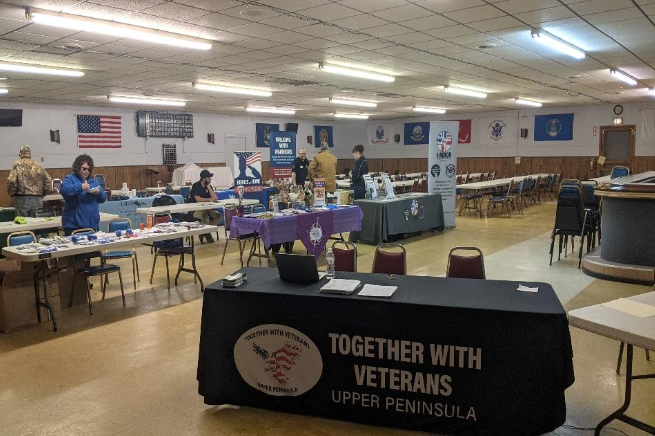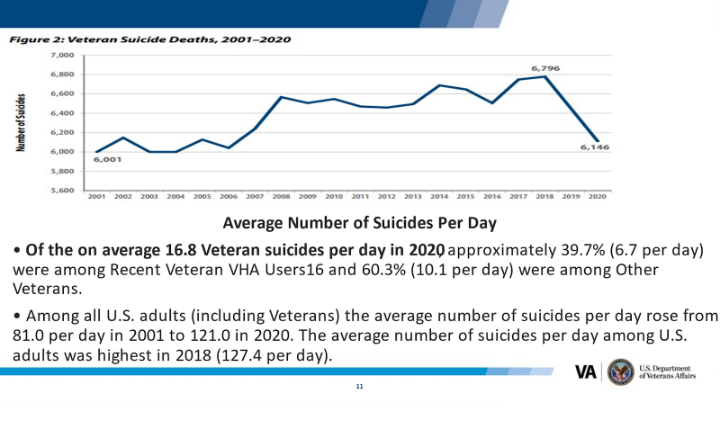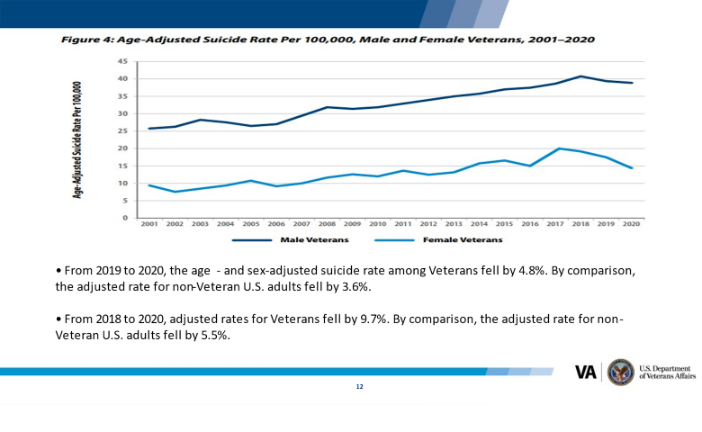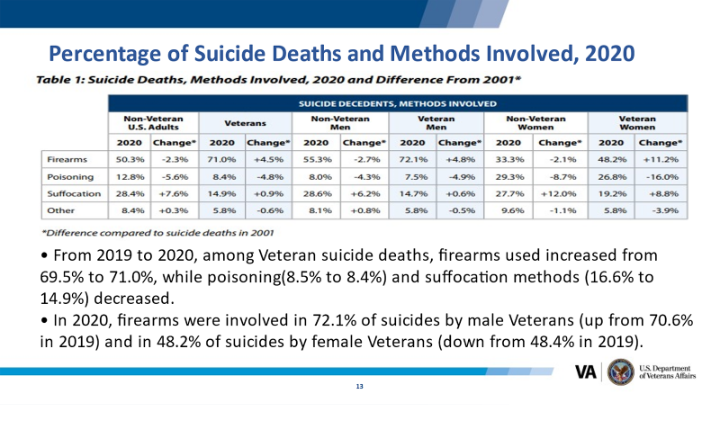Upper Peninsula Together with Veterans Initiative Created to Reduce Rural-Veteran Suicides

The Together with Veterans (TWV) initiative was first introduced on Rural Insights in August of 2020. This Veterans Administration (VA)-sponsored program was conceived as a veteran-centered program to reduce rural-veteran suicide rates, and Marquette was selected as one of the initial “hubs” to be started as part of the program.
The Upper Peninsula TWV group (UPTWV), as it has been named, is now operational and functioning not just in Marquette, but throughout the Upper Peninsula.
A volunteer steering committee conducted the initial training and coordination which needed to happen before the group could take shape, and there has been some presence of the group at numerous local veteran’s events to spread awareness over the past two years.
Recruiting community partners and other interested volunteers has also been the main focus of the group until late last year when James Yates, Improving Rural Enrollment, Access, and Health in Rural Veterans Project Manager (I-REACH) agreed to become the UPTWV coordinator, and the group is now fully operational.
The group has also received a great deal of support from Sharon Anastas and Mary Campbell, Iron Mountain VA Hospital Suicide Prevention Coordinators and Alyssa Knoll, Iron Mountain VA Hospital Community Engagement and Partnership Coordinator. The UPTWV held its first outreach event on Wednesday February 8th at the Newberry American Legion Hall, which saw well over 100 veterans attend and have an opportunity to meet with community partners and attend a VA suicide prevention training presentation.

Newberry UPTWV outreach event community partners setting up.
The group’s next scheduled outreach is set for March 15th, from 2-6 PM at the Manistique Veterans of Foreign Wars Hall. As important as the group is in preventing rural veteran suicides, it is equally important to examine some of the most recent date regarding the issue to assess if groups like the UPTWV are effective—and the data does seem encouraging.
For several years, the phrase “22 a day” has been used in reference to the number of veterans committing suicide nationwide. This number has never been completely accurate, and the VA is discouraging using it as a marker today.
The number now does appear to be lower, about 16.8 per day, but again, this data shouldn’t be used as a baseline for veteran suicide prevention. Nevertheless, a lower number is hopeful and does show progress is being made, but the following data charts should be seen as more reliable when analyzing the problem. It is also important to bear in mind the VA data collection methodology reflects a two-year gap from the present.
On this data chart you can see the declining number or veteran suicides:
This chart compares male versus female veteran suicide rates:
This preceding chart shows a decline in both male and female veteran suicide rates, however female rates are declining at a higher rate. This can be due to may things and further research will help suicide prevention professionals apply some of the reasoning to the male veteran population.
This chart correlates suicide rates by method:
The chart reflects the continued trend of firearms being the most common method of veteran suicide. There is really no surprise why this is so, and this creates a very real problem when working with veterans: the question of firearm ownership and the misconception regarding firearm confiscation.
There is no “plan” to confiscate firearms from veterans by any organization, the task at hand is to just educate veterans about the responsibility to keep firearms stored properly and responsibly. A spur of the moment, life ending decision can be mitigated by the simple pause involved in the task of opening up a safe or loading a firearm (stored unloaded).
As can be seen, progress is being made, but as hopeful as the presence of TWV groups around rural America are, and as encouraging as reduced numbers of veteran suicides may be, this is not the time to stop and pat each other on the back. The time is now to increase our efforts to make larger and more promising reductions moving forward.
1 Comment
Leave a Comment
Newsletter
Related Articles









[…] By Michael Rutledge: Complete Post through this link… […]